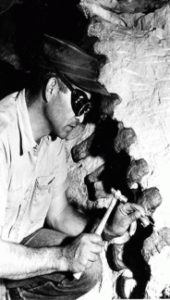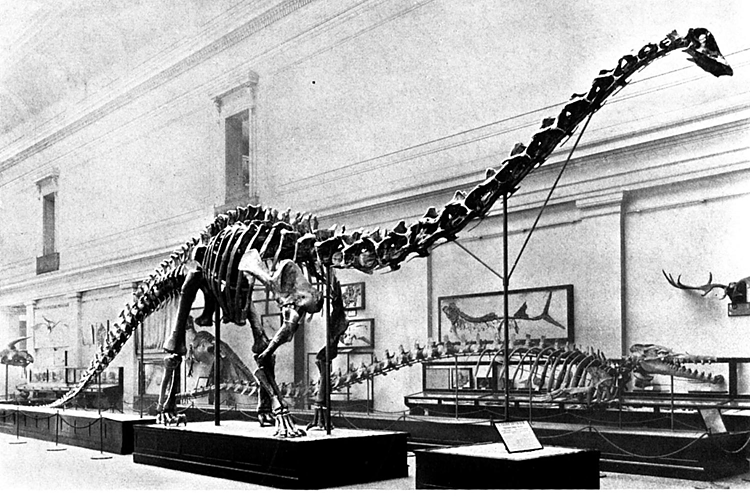Paleontology is the study of the development of life on Earth. Paleontologists study ancient plants and animals using the fossil record, and impressions which have been made in rocks. There are many different things that paleontologists study, such as fossilized species, tracks, and other residues.

Scientists that specialize in the study of paleontology are referred to as paleontologists. These paleontologists use fossils to try to determine three main things about a fossil:
- Identity and origin of the specimen
- The environment of the Fossil
- What the fossil can tell us about the history of the earth
Because paleontologists are interested in finding out about all life on earth, they analyze all sorts of fossils, not just common dinosaur bones.
Distinct types of paleontologists
Table of Contents
- paleontologists that study fossil plants
- paleontologists that study fossil fish
- paleontologists that study fossil mammals
- paleontologists that study dinosaurs
Pick a type of fossil, and there’s bound to be a paleontologist that studies that type of specimen.
Modern Paleontology
Modern paleontology seeks to understand how the changing climate and geography has affected the evolution of life over many years. Paleontologists seek to understand how the ecosystem has been changed by certain climate factors. Paleontology is often mixed with geology, and understanding botany and biology is also important in the field of paleontology.
There are different types of scientists who study paleontology. Those that study microfossils are known as Micropaleontologists, while those that study vertebrate fossils are known as vertebrate paleontologists. These scientists study the different aspects of fossils. Even more specialized fields are being developed. Those who study as paleontologists do work which gives a better understanding of the evolution of various forms of life.
Information about fossils also has an importance in economics, especially for mining companies or the petroleum industry. Being able to look at the fossils contained within a rock will allow its age to be accurately measured. The field of paleontology was first established in the 18th century. Throughout history, there have been many famous paleontologists.
Charles Darwin often collected fossils, and even Thomas Jefferson was very interested in the fossils of mammoths. Many Paleontologists have made notable achievements to the field. As technology advances, it is believed that paleontologists will even more important roles to play in the development of science. The field is broken into many smaller categories.
Paleontology is a combination of Geology (the study of rocks) and Biology (Study of Life). Paleontologists also use many other types of sciences to help them understand the past. For example, they used engineering to figure out how hard a Tyrannosaurus Rex bites.

There are two main kinds of science:
Experimental Science
In experimental science, scientists formulate a hypothesis (an intention you can examine) and conduct experiments to understand if they can disprove their idea. If they can’t refute the hypothesis, and other scientists can’t find experiments that refute the hypothesis, the hypothesis converts to a scientific theory.
Historical Science
In historical science, scientists operate a little bit differently. They develop a hypothesis, but instead of conducting experiments to disprove the hypothesis, they go out and try to find evidence that verifies the hypothesis. If enough evidence is affirmed to support the hypothesis, the assumption is accepted as a scientific theory. Paleontology is historical science.
